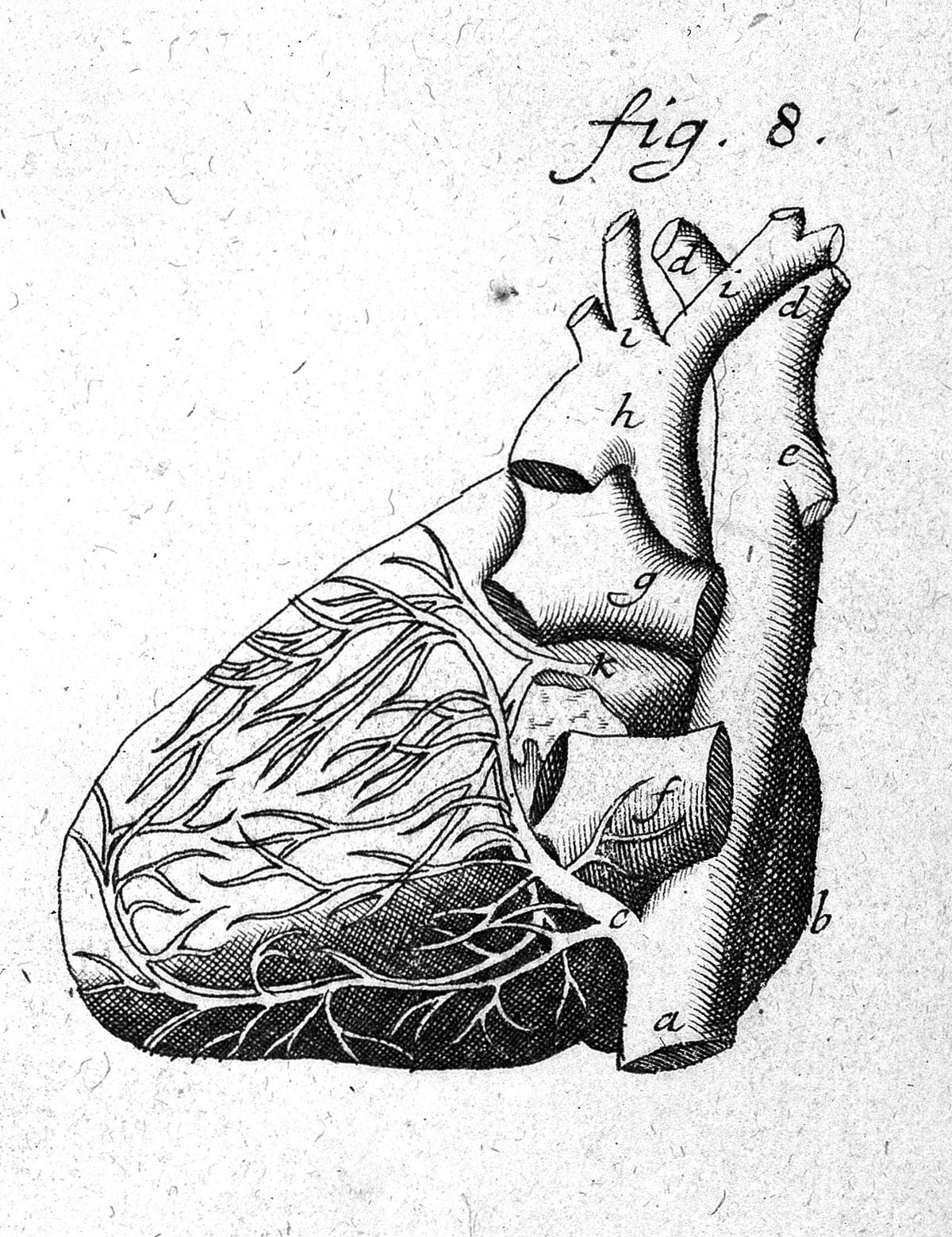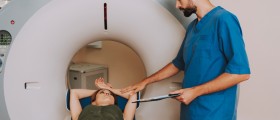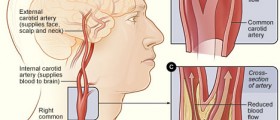
In order to diagnose and treat certainmedical conditions, your doctor may recommend an MRA scan. This formof scanning is an excellent diagnostic tool, commonly used inmedicine.
If you desire to learn more about theMagnetic Resonance Imaging, the lines below will give their best tobe of assistance to you, providing you with information about thedefinition of MRA and the process itself.
What is MRA?
Basically, MRA stands for a group ofdifferent techniques which are based on magnetic resonance imaging.This form of imaging is used for obtaining visual data of thepatient's blood vessels. Thus, the main purpose of it is locating anyabnormal narrowing of the blood vessels or any aneurysms which mayendanger the life of a patient due to their probability of rupturing.
However, MRA is a form of diagnosisusually done on the neck and the head area of the patient, as well asthe thoracic and abdominal aorta, the renal arteries and the bloodvessels of the legs.
Recently, the MRA scanning hasundergone serious evolution, with the appearance of many moderntechnological breakthroughs. Therefore, countless researches havegiven way to fresh blood imaging, 4D Dynamic MR angiography, BOLDvenography and many other variants of this form of diagnostic tools.
Also, 3D MRA scanners are availabletoday, allowing both the doctors and the patients to obtain vivid andhigh definition information regarding the health of the latter,determining the following steps of the therapy in advance.
Unfortunately, the MRA was not found tobe excessively successful for scanning body parts such as thecoronary arteries. For these purposes CT scanning is known to be abetter alternative, even through the MRA can be used in the absenceof any better and more precise choices. Also, taking intoconsideration that the MRI exposes the patient to magnetic radiation,it is not recommended for patients who have certain body prostheticsor surgical implants made of metal, as well as those who havepace-makers or similar devices installed.
However, the MRA can be a much betteralternative than both CT and X-ray scans in situations like thediagnosis of bulges, tears or aneurysms, as well as narrowing of theblood vessels, leading to problems in the kidney, leg or lung area.
All in all, MRI produces proton-basedimages by exposing the body to nuclear magnetic resonance of protons,resulting in clear and high definition images which clearly show theabove mentioned health problems, provided that they are present.
How is Magnetic Resonance AngiographyPerformed?
Prior to undergoing a magneticresonance angiography session, you are advised to tell your doctor ifyou are allergic to any kinds of medications. Bear in mind that theprocedure may involve inserting a special type of contrast dye intoyour blood vessels. The dye contains iodine. Thus, if you areallergic to this substance report this timely, avoiding any undesiredside-effects.
Some other things your should notforget to mention to your doctor is the presence of pregnancy or anymetal implants in your body. As far as the metal implants areconcerned, you may have a coronary artery stent, a pacemaker, an ICDor a metal heart valve. Also, artificial limbs, dental braces anddentures as well as metal clips, pins or any other materials of thistype, all should be reported, regardless of the body part thatcontains them. Even intrauterine devices can interfere with thesafety of the MRA procedure.
Bear in mind that, during an MRAprocedure, the health practitioner will place you inside a machinewhich does not allow you to move or be exposed to open space. Thus,if you are claustrophobic, you might need to consult with your doctorbefore opting for this form of diagnosis, since you need to stayabsolutely still in order for the images to be clear and useful.
Finally, the procedure cannot be doneon you if you suffer from conditions such as the sickle cell anemia,kidney problems or some other complications of this type, due to yourpossible negative reaction to the contrast dye used.
If all the matters mentioned above havebeen moved out of the way, the MRA testing will be done by you lyingon your back on a table part of the scanner. The table will moveautomatically until it transfers you into the machine. There, youwill feel movements and hear strange noises so you might want to wearear plugs in order to avoid this. You will need to stand completelystill and, if the doctor asks this from you, breathe strongly or holdyour breath. The whole procedure lasts for about 30 to 90 minutes.
Thus, a magnetic resonance angiogram isan invaluable tool of medicine used for diagnosing numerousconditions related to the blood vessels of the body. It uses the MRIdevice and a special form of contrast dye, which is injected into thescanned blood vessels.





_f_280x120.jpg)











Your thoughts on this
Loading...